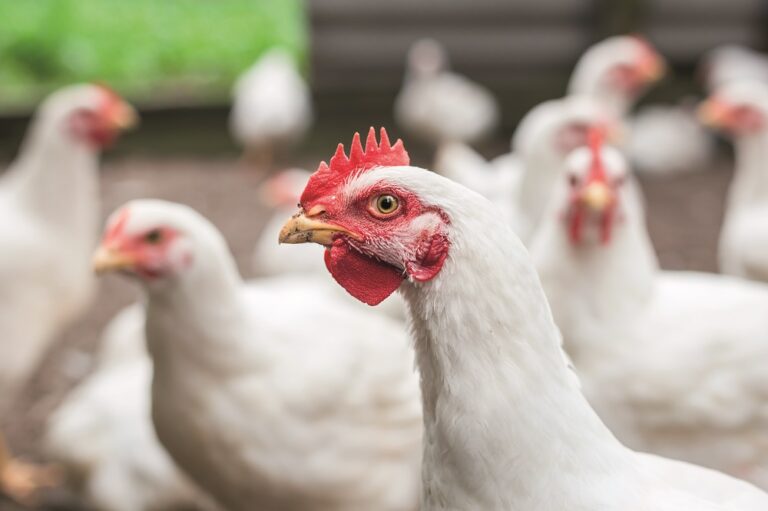EU poultry meat production continued its growing trend in 2019 thanks to increasing demand, albeit at a moderate pace (+1.6%).
A newly published report from the European Commission, examining the short-term outlook for agricultural markets, predicts growth should continue in 2020 (+1.2%) as consumers replace more expensive meats with poultry. However, the closing of foodservice should impact varieties more difficult to sell in retail (ducks, guinea fowls, pigeons and quails).
In 2019, broiler prices stayed close to the five-year average. Since the beginning of 2020 prices have been above last year’s level due to tight supply and were pushed further up by COVID-19 related stockpiling mid-March. However, they fell quickly after that below the five-year average. Per capita consumption is expected to continue on its rising trend in 2020, up to 23.6 kg (+0.2 kg).
According to the IMF, the magnitude of the COVID-19 crisis could be far worse than that of 2008-2009: the world economy could contract by 3% year-on-year in 2020, and by 7.5% in the euro area. It could rebound in 2021 to 5.8%, and to 4.7% in the euro area.
Over 2020 and 2021, the IMF estimates that the cumulative loss to global GDP could amount to USD 9 trillion, which is almost half of EU’s GDP. With a possible stagnation of economic growth and a likely recession, unemployment rates across the EU are likely to increase. This would set pressure on overall consumption in value terms, and particularly value chains targeted to export markets, as well as tourism and foodservice. As a result, agricultural income will remain under pressure in this economic environment.
In 2020, poultry exports from the EU should keep growing while demand remains high, but at a moderate pace as bird flu outbreaks in a few of the main EU producers including Poland have resulted into country bans by some trade partners.


